Typography plays a pivotal role in design, influencing how content is perceived, understood, and experienced by the audience. Here are several reasons why good typography is crucial for effective design:
- Communication and Readability
Clarity: Properly chosen typefaces and layouts enhance readability, ensuring the message is communicated effectively.
Legibility: Well-designed typography makes text easy to read, reducing strain on the eyes and aiding comprehension. - Visual Hierarchy and Emphasis
Hierarchy: Typography establishes a visual hierarchy, guiding viewers’ attention to the most important elements.
Emphasis: Strategic use of font size, weight, and style helps emphasize key points and enhances content structure. - Branding and Identity
Distinctiveness: Consistent typography reinforces brand identity, making it instantly recognizable across different mediums.
Personality: Fonts convey emotions and characteristics, aligning with the brand’s tone and personality. - Aesthetic Appeal and User Experience
Visual Appeal: Typography significantly contributes to the overall aesthetics, impacting the design’s attractiveness and appeal.
User Experience: Legible and well-organized typography enhances the overall user experience in both print and digital media. - Accessibility and Inclusivity
Accessibility: Thoughtful typography choices improve readability for all users, including those with visual impairments.
Inclusivity: Properly designed typography ensures that information is accessible to a diverse audience. - Attention to Detail and Professionalism
Attention to Detail: Good typography reflects a designer’s attention to detail and professionalism, elevating the quality of the design.
Craftsmanship: Proper kerning, leading, and alignment demonstrate a high level of craftsmanship and care in design execution. - Impact on Marketing and Communication
Marketing Effectiveness: Typography influences how marketing messages are received, impacting the effectiveness of campaigns.
Clear Communication: Well-executed typography enhances the clarity and memorability of communication materials. - Cultural and Contextual Considerations
Cultural Relevance: Typography choices can be culturally sensitive, ensuring alignment with the intended audience.
Contextual Adaptation: Adapting typography to different contexts maintains relevance and resonance with diverse audiences. - Technology and Medium Adaptation
Digital Adaptability: Good typography considers adaptability across various digital mediums and devices.
Responsive Design: Typography that responds well to different screen sizes and resolutions ensures a consistent user experience. - Evolution and InnovationDesign Trends: Typography trends evolve, and staying updated allows designers to innovate and create fresh, engaging designs.
Experimental Typography: Exploring new typography styles fosters creativity and allows for experimentation in design.
Good typography is not just about selecting fonts; it’s about how those fonts are used to create a visually appealing, coherent, and impactful design. It influences perception, readability, brand recognition, and user experience, making it an essential aspect of effective design across various mediums.

